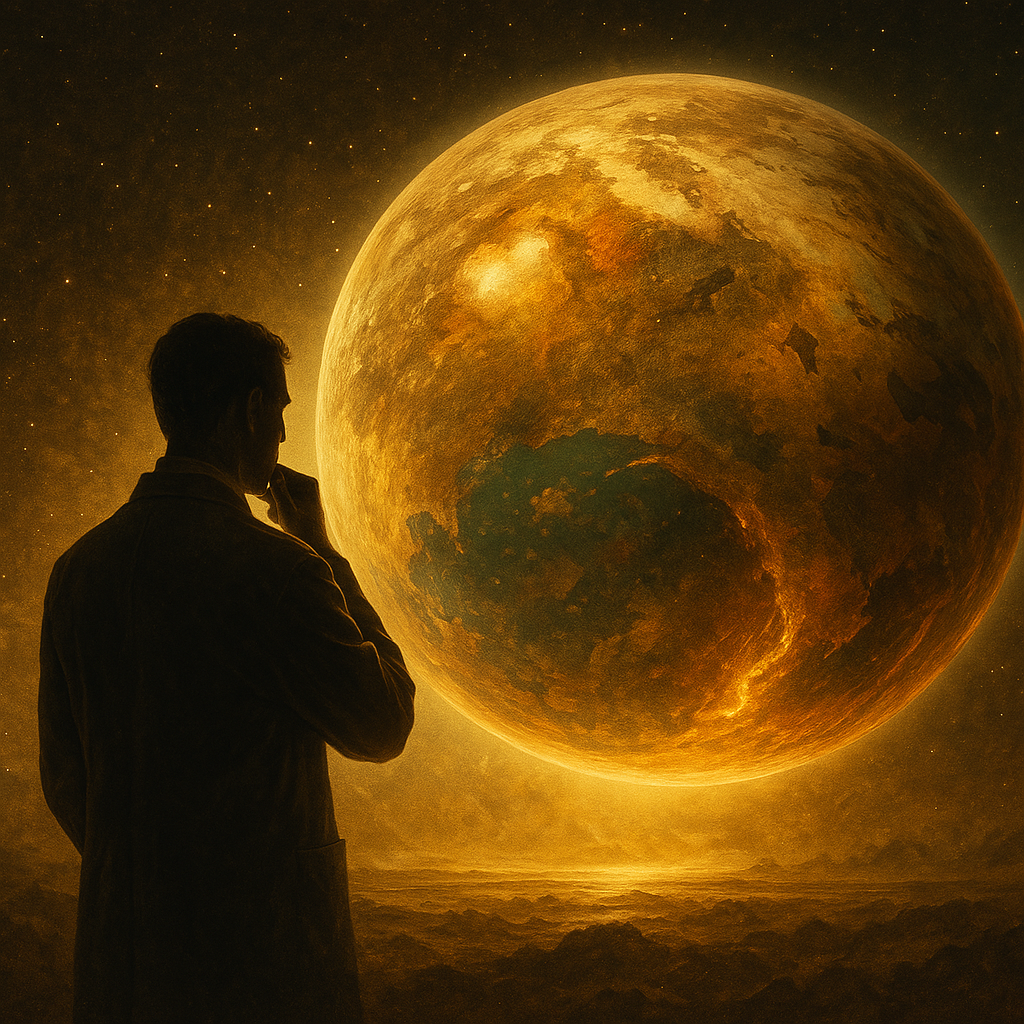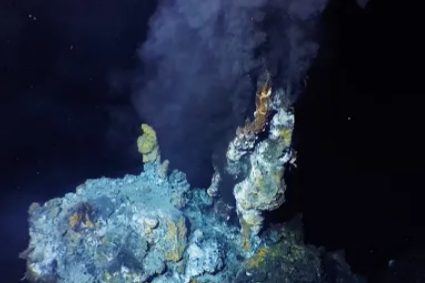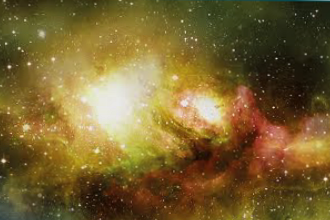Scientists Seek Answers to Life’s Earliest Beginnings

Let’s dive into the mysterious spark that set life on Earth into motion. Across time, scientists and storytellers alike have pondered this eternal question: How did life begin? From bubbling ancient oceans to alien origins, the theories are as rich as the Earth’s own history. Here are 7 fascinating theories and discoveries that try to answer whether life began on land, in the sea, or somewhere entirely unexpected.
1. The Primordial Soup Surprise

The idea that life began in a “primordial soup” came from a 1920s hypothesis by Alexander Oparin and J.B.S. Haldane. They proposed that Earth’s early atmosphere, rich in methane, ammonia, water vapor, and hydrogen could have sparked life when exposed to energy from lightning or UV rays. This stew of organic molecules possibly gave rise to the first building blocks of life.
Then came the 1953 Miller-Urey experiment. Two young scientists mimicked early Earth’s conditions which were rich in gases like methane, ammonia, hydrogen, and water vapor, inside glass flasks and zapped them with electrical sparks. In a week, they produced amino acids; the same stuff that makes up our muscles, enzymes, and DNA. While exciting, critics later argued early Earth may not have had the right gases. Still, Vendatu implies that this primordial soup theory may be true.
2. Deep Sea Vents and the Ocean’s Cradle

But what if life didn’t bubble up on land, but down in the darkest trenches of the sea? Hydrothermal vent theory flips the primordial soup idea on its head. At the bottom of the ocean, where sunlight never reaches, scalding vents pump out mineral-rich fluids. These deep-sea chimneys host entire ecosystems that don’t rely on sunlight, just chemical energy. Researchers believe these vents, with their iron-sulfur minerals and extreme conditions, may have mimicked early Earth and created natural reactors for life.
Microbes today still thrive in such hostile environments, hinting that life may have begun here. Professors like Nick Lane, of evolutionary biochemistry at University College London, also proposed that hydrothermal vents provide the perfect conditions. energy, chemistry, and isolation for life to thrive. The school of Biological and Behavioural Sciences noted that if this assertion is true, then, the sea didn’t just cradle life, it cooked it up.
3. Life From the Stars

Now here’s where things get weird, but in a good way. The panspermia hypothesis suggests that life didn’t start on Earth at all. Instead, it arrived from space, hitching a ride on comets, meteorites, or cosmic dust. It’s not as sci-fi as it sounds. In 1969, a meteorite that landed in Murchison, Australia was found to contain over 90 amino acids, some never seen on Earth.
Bacterial spores are famously resilient, surviving in the vacuum of space for years. So, could microscopic life have traveled across galaxies? Although, Iosif Shklovsky and Carl Sagan thought it was at least worth considering. But, while panspermia doesn’t explain how life began, only how it got here, Medium thinks it still opens the possibility that Earth is part of a bigger, cosmic story. And if so, maybe we’re all aliens after all.
4. Clay Crystals and Land’s Silent Architects

Life from mud? Sounds like a backyard mess, but the clay hypothesis is no joke. Some researchers believe that clay minerals on land played a vital role in organizing organic molecules into patterns. Clays can trap and concentrate organic compounds in their thin layers, creating a template for the first biological polymers like RNA – a theory also discussed by the National Institute of Health.
Chemist A.G. Cairns-Smith argued that these clay structures were like life’s early scaffolding that has been helping simple molecules evolve into complex, self-replicating systems. These reactions likely occurred in tiny freshwater pools, on land or in coastal areas, where evaporation cycles provided the energy. If true, then the origin of life might be traced to humble muddy flats, not vast oceans.
5. RNA World – A Life Before DNA

Most life today relies on DNA to store genetic information and proteins to do the work. But neither DNA nor proteins can exist without each other. So, which came first? Many scientists think RNA did. This fragile molecule can both store information and act like an enzyme, proposing a two-in-one miracle.
In the RNA world hypothesis, the earliest life forms may have been made entirely of RNA. They copied themselves, mutated, and eventually gave rise to DNA and proteins. Experiments have shown RNA can form spontaneously under the right conditions, especially in environments like volcanic pools or clay surfaces. Whether this RNA world began on land or under the sea is still debated, but it’s also a key piece in life’s jigsaw puzzle.
6. Ice Worlds and Frozen Origins

It’s not all fire and lava; some believe life began in ice. This theory suggests that Earth’s early surface may have been partially frozen, with thin sheets of ice protecting delicate organic molecules from harsh UV radiation. Underneath, chemical reactions could slowly occur in concentrated pockets between ice crystals.
Stanley Miller himself, in later years, explored the “cold start” scenario and found that some molecules actually form more efficiently in freezing conditions. This implies that ice may have been a good refrigerator for preserving life’s fragile beginnings. But the irony? A frozen earth might’ve been just warm enough to get life started quietly, under a protective shell.
7. Hybrid Origins

Sometimes, the truth lies in the middle, or a mix of all. Increasingly, scientists believe life may have originated from a combination of environments. Maybe the first molecules formed in the ocean, but needed dry land to assemble. Or perhaps meteorites delivered essential ingredients, which then reacted in underwater vents or warm pools. This proposes that evolution doesn’t always take a straight path. The earliest life might’ve been patchwork, emerging from land, sea, and space. This is concurred to by microbiologist such as Paul Falkowski, implying that It’s likely there wasn’t a single place or moment. Life could’ve had multiple origins, which later merged.
This hybrid model is poetic in a way to portray how the earth, sky, and sea came together to birth something entirely new. Overall, the point is, whether life first flickered in a sunlit puddle, an ocean vent, or came blazing in on a meteorite, one thing remains clear, we are all made of star stuff and ocean dreams.
If this peek into Earth’s earliest secret lit a spark of curiosity, go ahead and share it. Someone else might just be wondering where it all began too.


